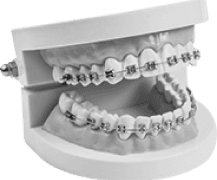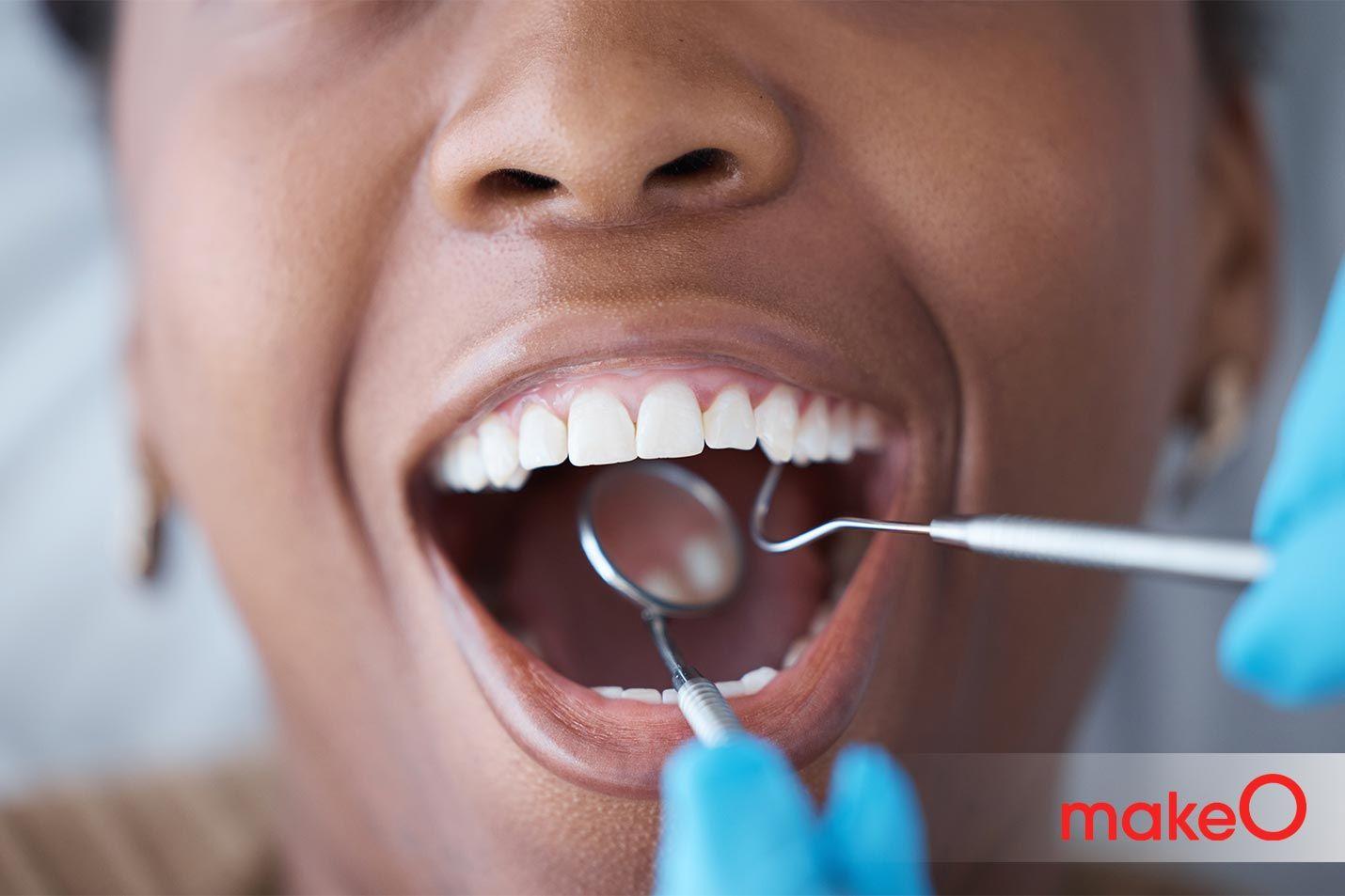MakeO blog
Maintaining a healthy and gleaming oral health is important, not just to look good but to feel good too. However, sometimes, despite our best efforts, dental abnormalities can occur, throwing a spanner in our oral health regimen. These abnormalities can be minor issues like a small overbite and even more serious conditions like dens invaginatus. Today, let us know about one such abnormality that is not discussed often but is essential to be aware of - Dens Invaginatus.
What is a Tooth Within a Tooth or Dens Dente?
Imagine having a tiny tooth growing inside your actual tooth; sounds quite sci-fi, doesn't it? Well, this is precisely what happens in a condition known as dens dente or dens invaginatus. It is a dental anomaly where a tooth (or a part of it) is embedded within another, giving it the appearance of a “tooth within a tooth.” This condition can be present at birth and often goes unnoticed until later in life.
Dens dente can affect your oral health significantly. This condition can create pockets of areas where food and bacteria fester, leading to infections. That’s not all! Dens dente also makes teeth more susceptible to decay and other oral problems. This is why it is important to understand this condition and its treatment methods and protect your pearly whites!
How is Dens Dente Diagnosed?
Diagnosing dens dente is a task for your friendly neighbourhood dentist. It often starts with a routine dental check-up where the dentist might notice something unusual with the structure of your tooth. Various imaging techniques such as X-rays or CT scans get a detailed view of the tooth’s anatomy and are hence used to confirm the diagnosis.
Catching this oral issue early on is important as it can help in planning the correct course of action to treat the condition accordingly. So, go for regular dental check-ups to ensure that your teeth are healthy and you catch any oral condition early on to keep your smile safe, bright and healthy.
Causes of Dens Dente
Understanding the causes behind dens dente can be a real eye-opener. Let’s delve into some of the primary reasons:
1. Genetic Factors
Yes, genes can be a huge reason for this condition. If someone in your family has had dens dente, you might be more prone to developing it. It’s always good to have a chat with your family to know your medical history better.
2. Developmental Issues
Sometimes, during the developmental stages of a tooth, the inner and outer surfaces might fold inward, leading to dens invaginatus. Being aware of this or catching it early on can help in the treatment
3. Environmental Factors
Factors like poor nutrition or exposure to harmful substances during tooth development can potentially lead to dens dente. As a preventative measure, having nutritious meals and avoiding chemicals and harmful substances can be helpful.
4. Trauma
Injuries to the teeth at a young age can sometimes cause the tooth to develop abnormally, leading to dens dente. Protecting young ones from trauma can be a preventive measure.
5. Infections
Sometimes infections during the developmental stages of the teeth can lead to this condition. Maintaining good oral hygiene from a young age can help in avoiding such situations.
Dens Dente Treatment
When it comes to dens in dente treatment, the approach largely depends on the severity of the condition. In mild cases, a simple filling or sealing of the invagination might be sufficient. However, in more severe cases, root canal treatment or even tooth extraction might be necessary.
The key here is early detection and timely intervention. So, don’t skip those regular check-ups to ensure you get the right dens in dente treatment if needed. Visit makeO toothsi today and get in touch with our in-house experts for all your oral care issues.
Conclusion
Dens invaginatus, also known as dens dente, is more than just a regular oral issue; it’s a condition that can have serious implications for your oral health. Being aware of such a condition and its treatment options can be extremely helpful in tackling it and preserving your dazzling, healthy smile.
FAQs
What is dens invaginatus?
Dens invaginatus, also known as dens dente, is a dental abnormality where a tooth or a part of it is embedded within another tooth, giving it a “tooth within a tooth” appearance.
How is dens in dente diagnosed?
Diagnosis is usually done during a dental check-up, where imaging techniques like X-rays and CT scans are used to get a detailed view of the dens in dente tooth.
What are the treatment options for a dens in dente tooth?
Dens in dente treatment can range from simple fillings to seal the invagination, to root canal treatments or even tooth extraction in severe cases.
Can dens dente be prevented?
While it’s hard to prevent dens dente entirely due to its genetic and developmental nature, maintaining good oral hygiene and regular dental check-ups can help in early detection and treatment.
Is dens invaginatus a common condition?
It is relatively uncommon, but it is not rare either. Being aware of this condition and discussing it with your dentist can help in managing it effectively if you have it.
related categories
Related articles

Types of Braces: Removable vs Fixed Braces, Which is Right For You?

This Diwali, Smile Bright With makeO Teeth Whitening Kit

Dr. Pravin Shetty: Pioneer in Lingual Orthodontics & Innovative Smile Solutions
How do I Know I’m the Right Candidate for makeO toothsi Teeth Aligners?

